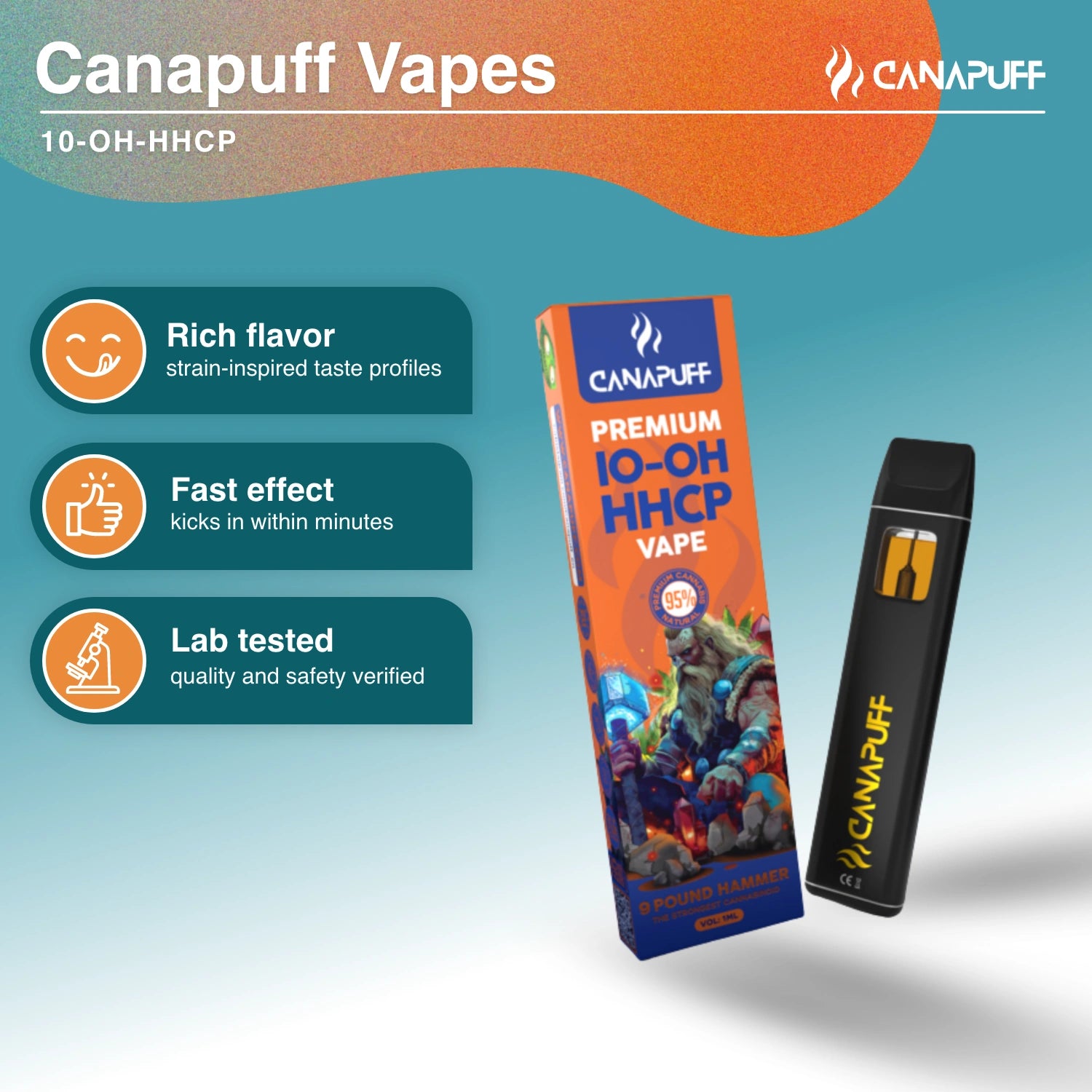Cannabinoid Hyperemesis Syndrome (CHS) is a medical condition characterized by repeated and severe bouts of vomiting in long-term, regular cannabis users. Despite marijuana's known anti-nausea properties, CHS presents an unusual paradox. This guide provides an in-depth look at CHS, including its causes, symptoms, diagnosis, treatment, and prevention.
What is Cannabinoid Hyperemesis Syndrome?
CHS is a condition that leads to cycles of nausea, vomiting, and abdominal pain in individuals who use cannabis frequently over extended periods. It typically occurs in daily users and is more prevalent in young adults.
Causes of CHS

The exact cause of CHS is still under research. Marijuana contains compounds like THC that interact with receptors in the brain and digestive tract. While initially providing anti-nausea effects, long-term use alters receptor responses, potentially leading to CHS.
Possible Mechanisms
- Brain and Digestive Interaction: Initial anti-nausea effects from brain receptor interaction may reverse with prolonged use.
- Receptor Desensitization: Over time, receptors in the brain and digestive tract may become less responsive to marijuana, leading to symptoms of CHS.
- Genetic Predisposition: Some individuals may have a genetic predisposition making them more susceptible to developing CHS.
Symptoms of CHS
CHS symptoms are divided into three phases:
Prodromal Phase
- Early morning nausea
- Abdominal pain
- Fear of vomiting
Hyperemetic Phase
- Persistent nausea
- Repeated vomiting
- Abdominal pain
- Weight loss and dehydration
- Relief from hot showers
Recovery Phase
- Cessation of symptoms upon stopping cannabis use
- Normal eating resumes
CHS Symptoms by Phase
| Phase | Symptoms |
|---|---|
| Prodromal | Morning nausea, abdominal pain, fear of vomiting |
| Hyperemetic | Persistent nausea, vomiting, abdominal pain, weight loss, dehydration |
| Recovery | Symptom cessation, normal eating resumes |
Diagnosis of CHS
Diagnosis involves ruling out other causes of vomiting. A thorough medical history, including cannabis use, is crucial. Tests may include blood work, urine tests, imaging, and sometimes endoscopy to exclude other conditions.
Diagnostic Criteria
- Long-term, regular cannabis use
- Severe nausea and vomiting
- Relief from hot showers
- No other apparent cause of symptoms
Treatment and Management

Acute Phase Management
- Hydration: IV fluids for dehydration
- Medications: Anti-nausea drugs, pain relief, and proton-pump inhibitors
- Hot Showers: Frequent hot showers for symptomatic relief
Long-Term Management
- Cessation of Cannabis Use: Stopping cannabis use is essential to prevent recurrence.
- Supportive Therapies: Behavioral therapy and support groups can aid in quitting.
- Dietary Adjustments: Small, frequent meals and avoiding triggers can help manage symptoms.
Treatment Options
| Treatment | Purpose |
|---|---|
| IV fluids | Rehydration |
| Anti-nausea drugs | Reduce vomiting |
| Pain relief | Manage abdominal pain |
| Proton-pump inhibitors | Treat stomach inflammation |
| Hot showers | Provide temporary symptom relief |
| Behavioral therapy | Support in quitting cannabis |
Complications of CHS
Untreated, CHS can lead to severe complications:
- Dehydration
- Electrolyte Imbalance
- Kidney Failure
- Heart Rhythm Abnormalities
Prompt treatment of dehydration and electrolyte issues is critical to avoid these complications.
Prevention of CHS
The primary prevention method is to avoid regular, long-term cannabis use. For those already affected, cessation is the only way to prevent recurrence. Additional benefits of quitting marijuana include improved lung function, better cognitive abilities, and reduced risk of mental health issues.
Benefits of Quitting Cannabis
- Enhanced lung function
- Improved memory and cognitive skills
- Better sleep quality
- Reduced anxiety and depression
Understanding CHS through Research
Research into CHS is ongoing, with studies focusing on the mechanisms, risk factors, and effective treatments. Understanding genetic predispositions and the role of different cannabinoids in CHS can lead to better management and prevention strategies.
Recent Findings
- Genetic Markers: Identifying genetic markers that predispose individuals to CHS.
- Cannabinoid Profiles: Analyzing the effects of different cannabinoids on the gastrointestinal system.
- Therapeutic Approaches: Developing new therapeutic approaches that do not involve cannabis.
CHS and its Impact on Daily Life

Living with CHS can significantly impact daily activities and quality of life. Chronic nausea and vomiting can lead to missed work or school, social isolation, and emotional distress. Effective management requires a comprehensive approach, including medical treatment, lifestyle changes, and psychological support.
Coping Strategies
- Stress Management: Techniques such as mindfulness and relaxation exercises.
- Support Networks: Engaging with support groups and counseling.
- Healthy Lifestyle: Maintaining a balanced diet and regular exercise.
Conclusion
Cannabinoid Hyperemesis Syndrome is a severe condition resulting from chronic cannabis use. Understanding its symptoms, seeking timely diagnosis, and adhering to treatment and prevention strategies are essential for effective management. If you suspect CHS, consult a healthcare provider and consider cessation of cannabis use to achieve full recovery.





















Leave a comment
This site is protected by hCaptcha and the hCaptcha Privacy Policy and Terms of Service apply.